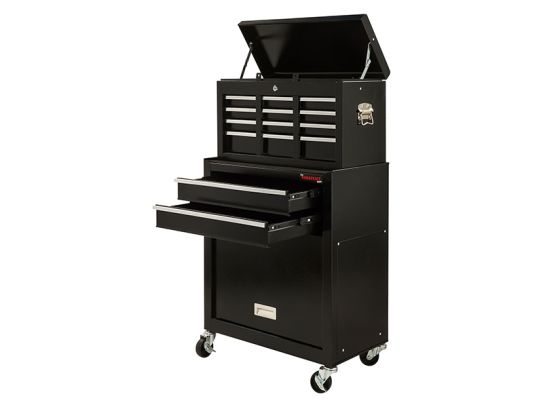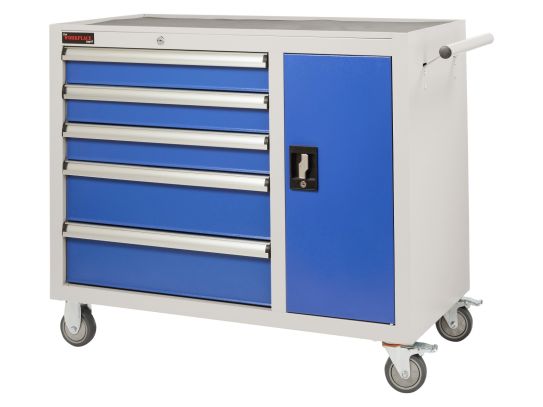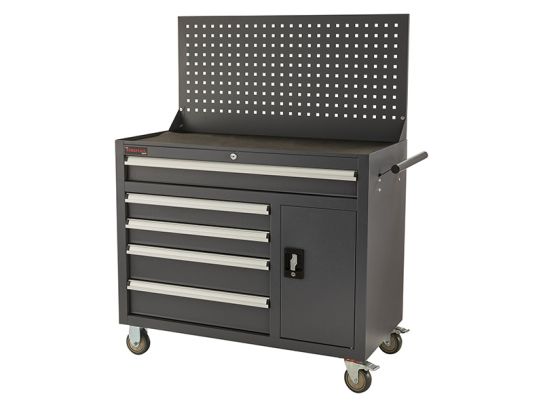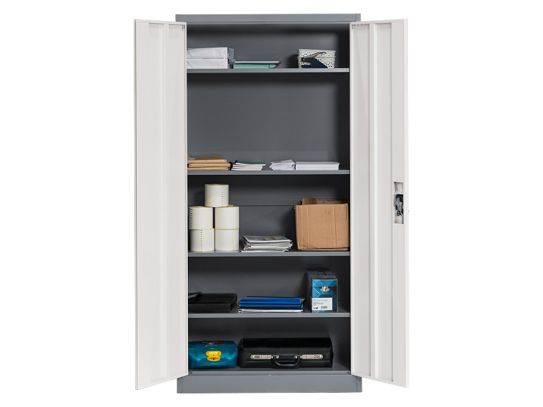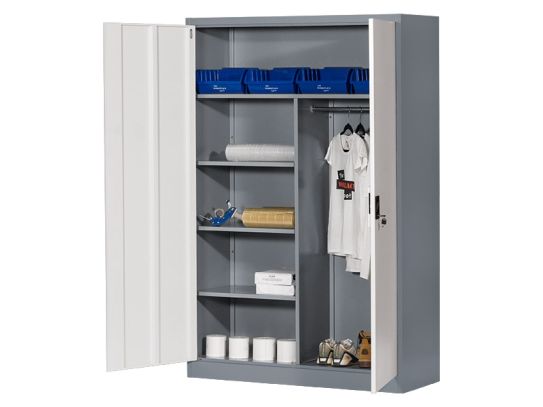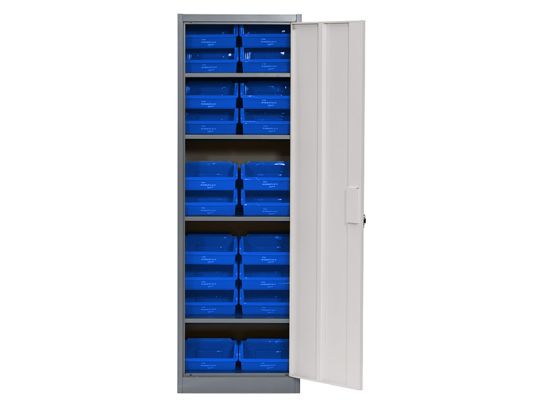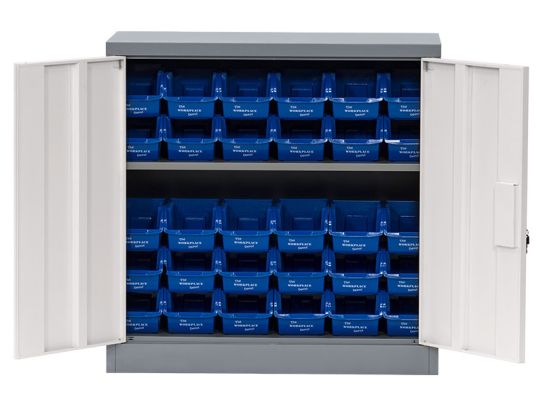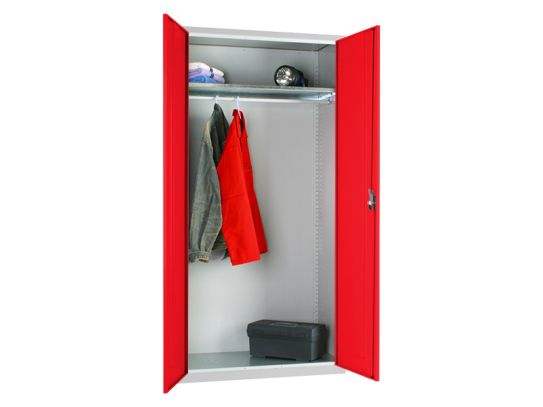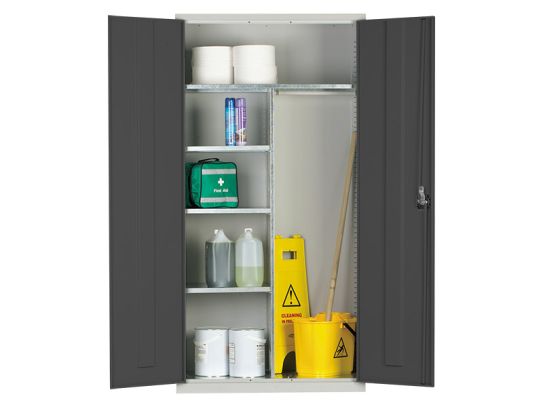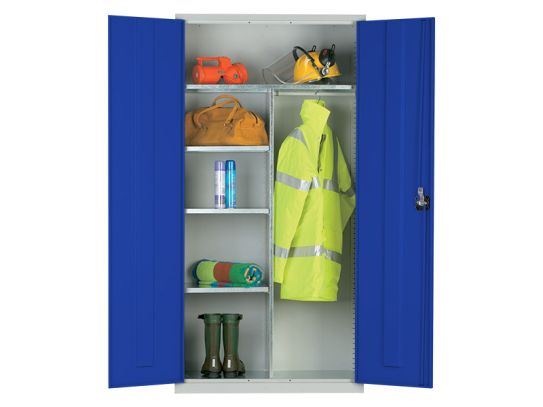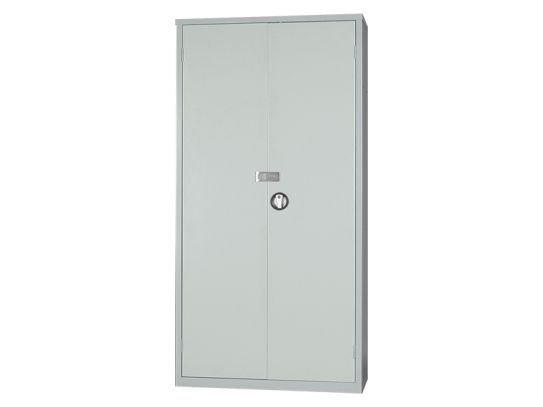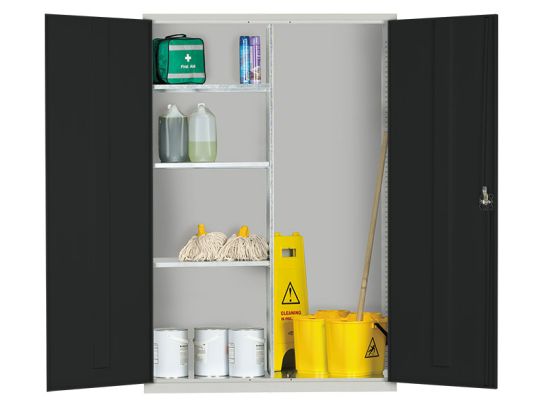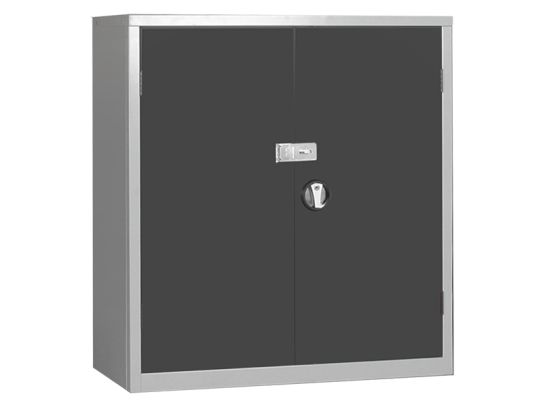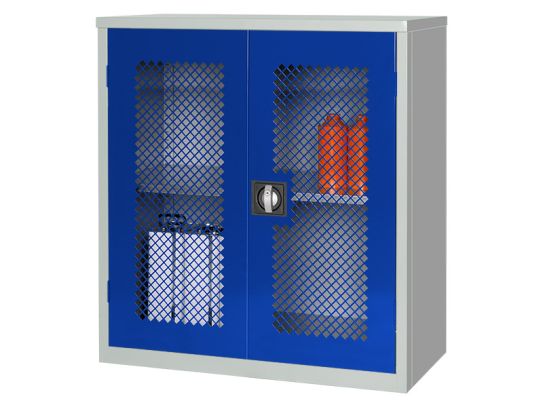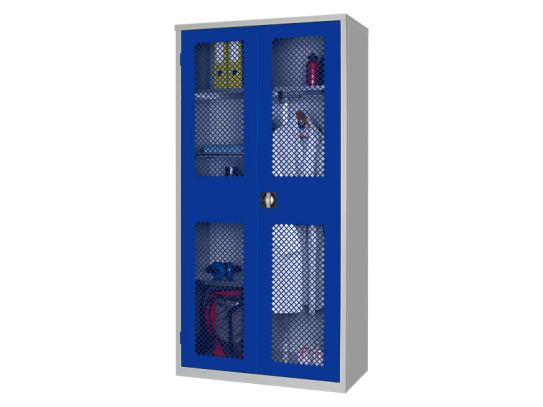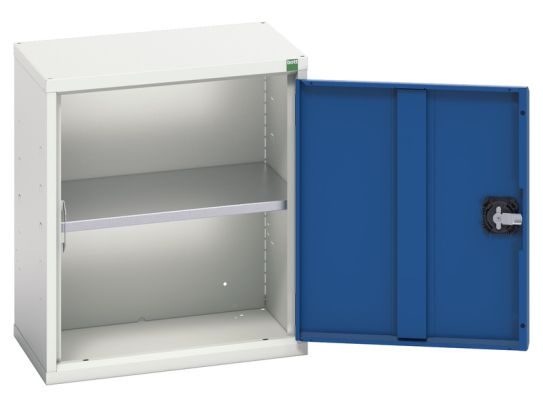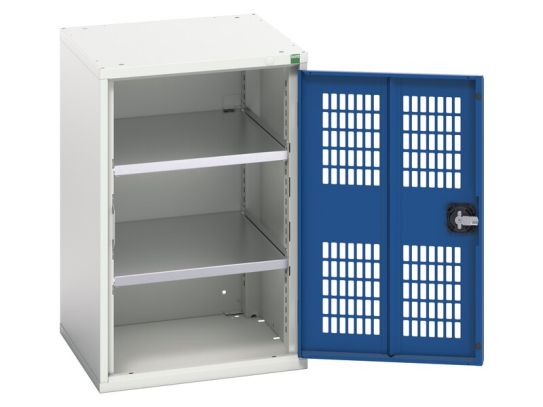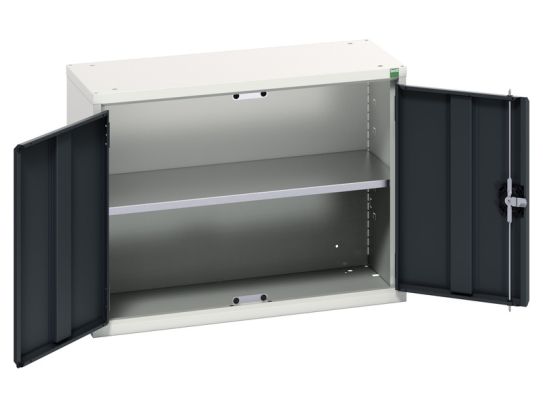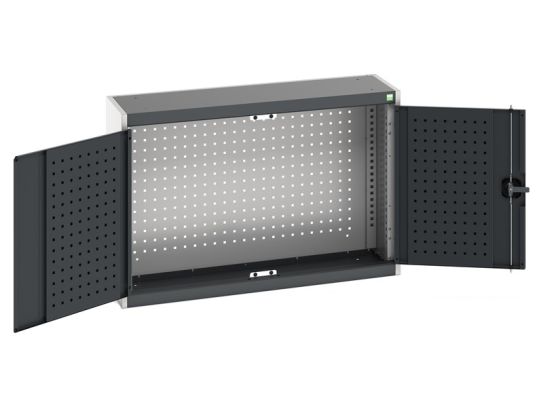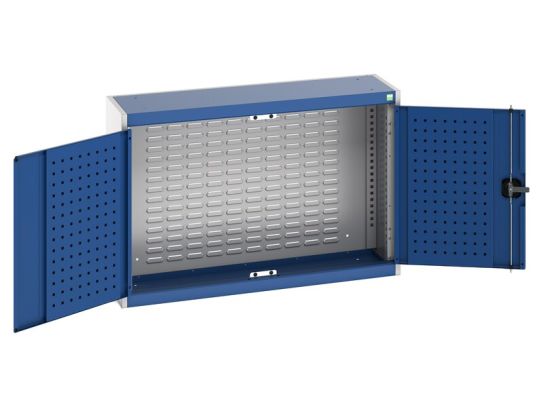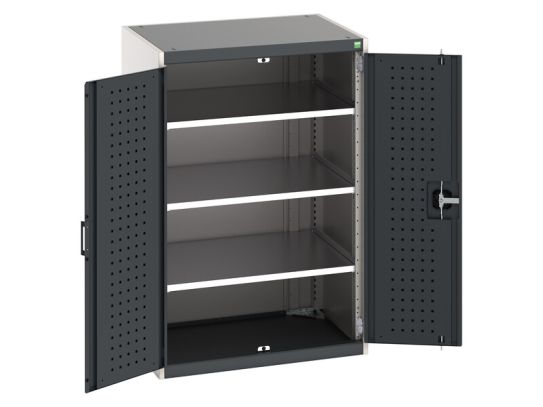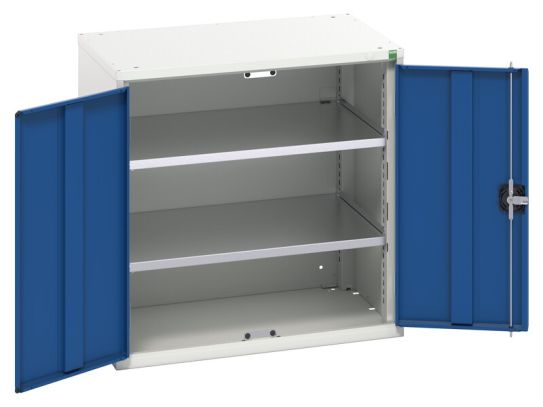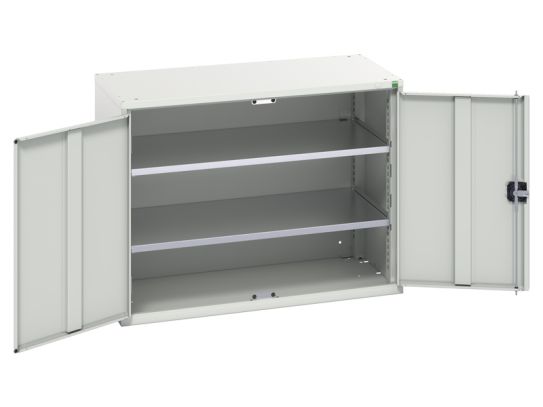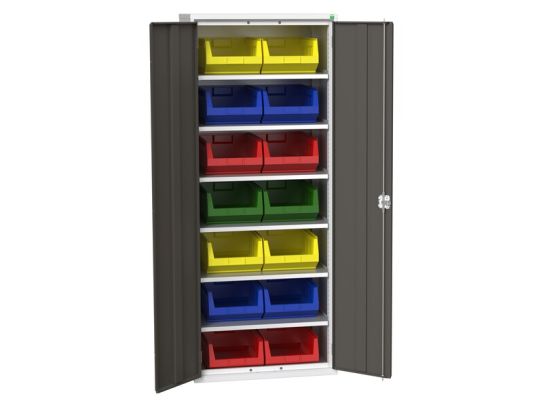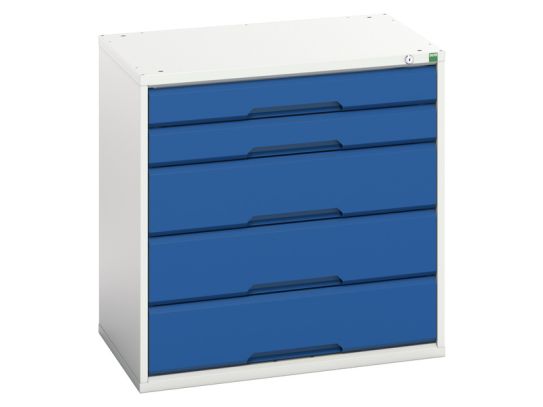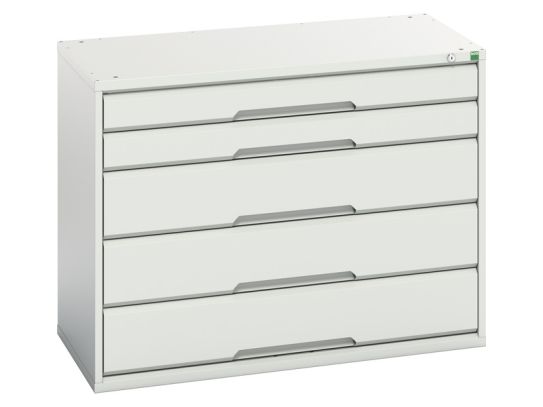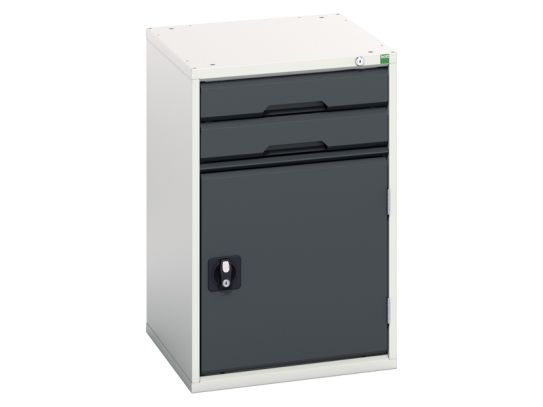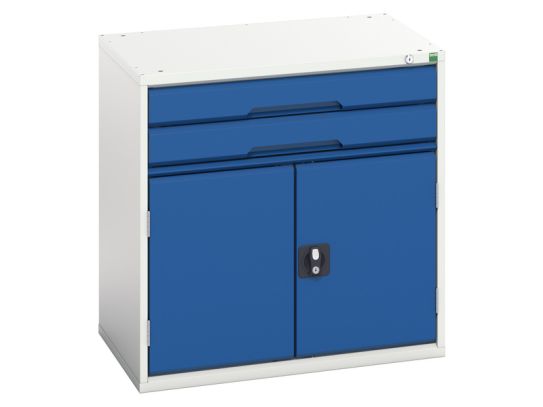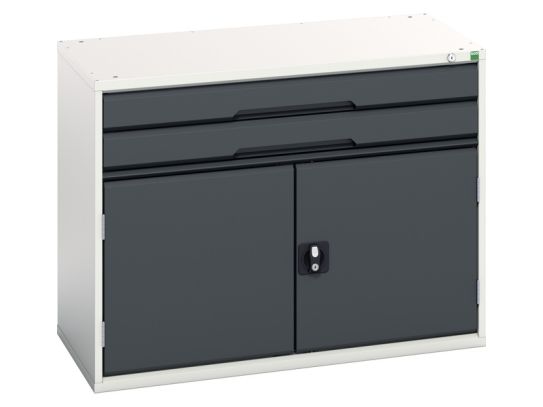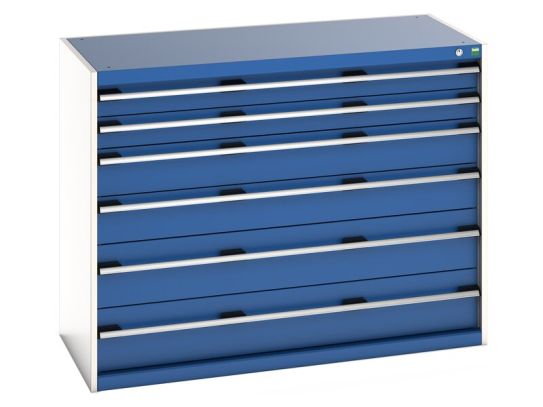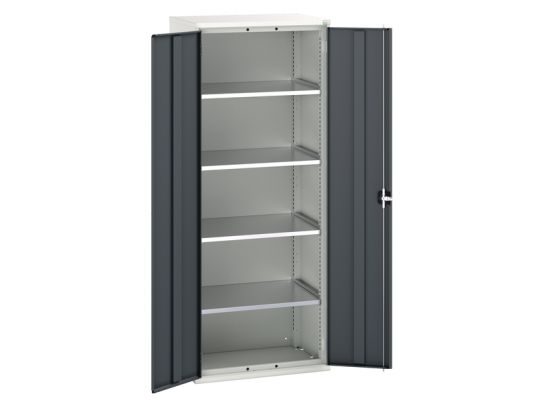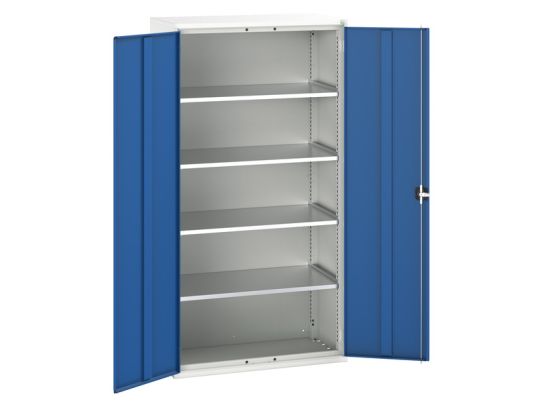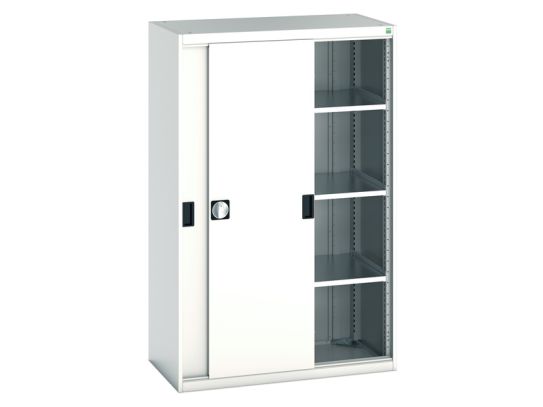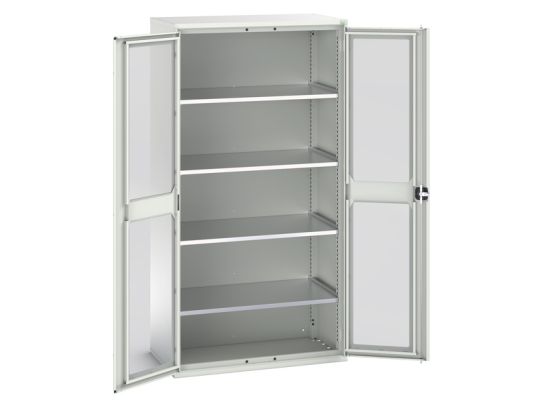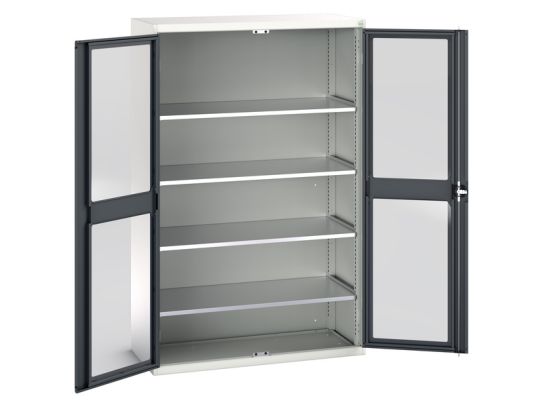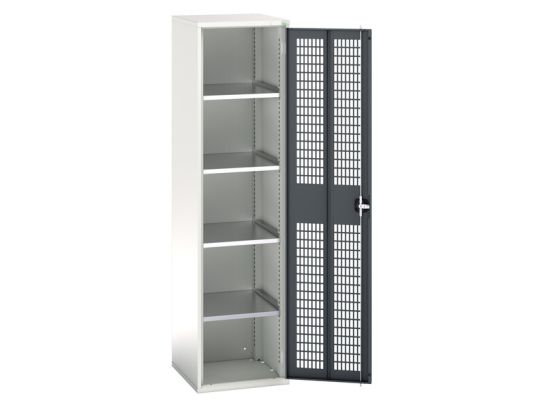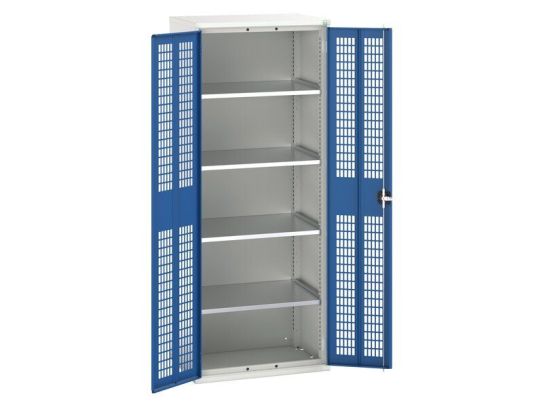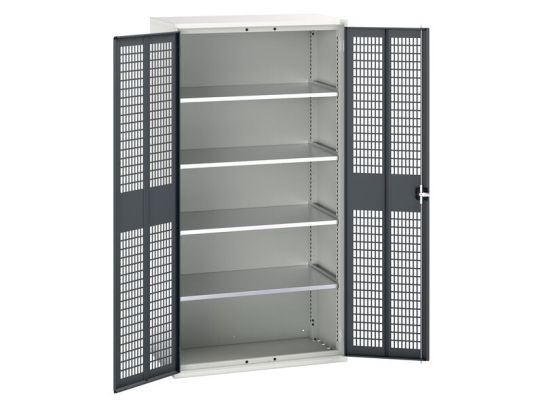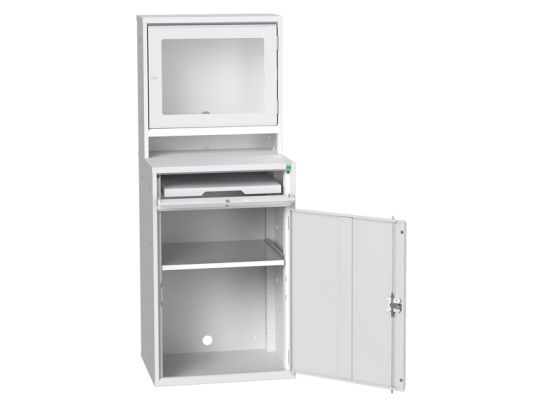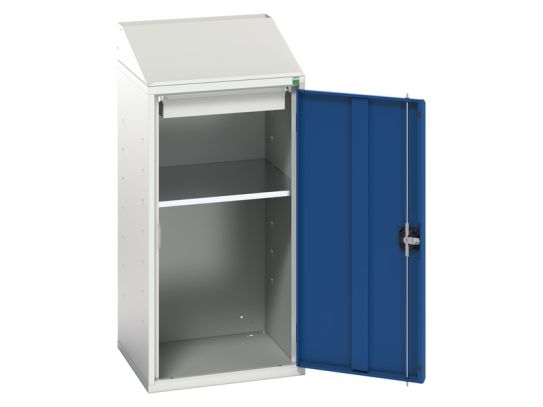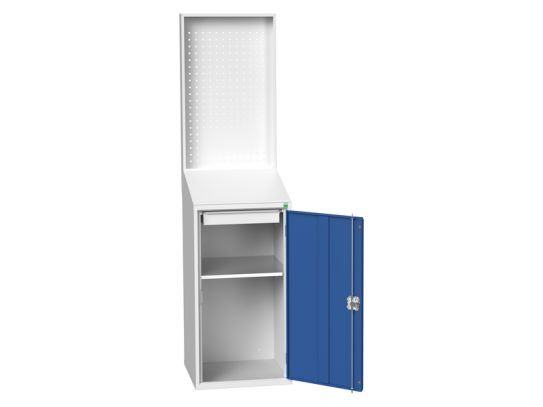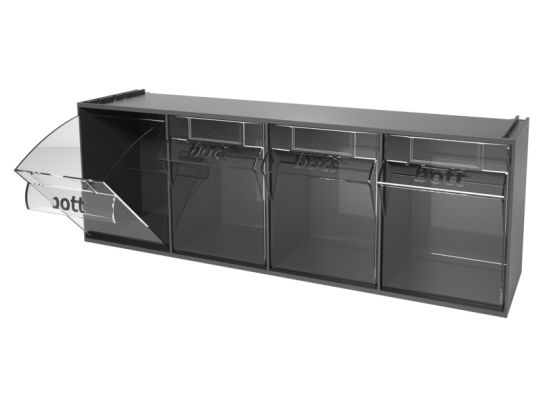Workshop Cabinets
Get organised and boost your workshop's efficiency with our durable workshop cabinets From small tools to large equipment, our cabinets can handle it all. Made from sturdy materials and available in a variety of sizes and configurations to suit your needs.
Stay Organised, Stay Efficient
Are you tired of constantly searching for the tools you need in your cluttered workshop? Do you want to maximise your workspace and improve your efficiency? Look no further than our workshop cabinets!
Our workshop cabinets are the ultimate storage solution for your workshop. With their spacious drawers and shelves, you can easily organise and access your tools, so you can work more efficiently and get more done. Plus, our cabinets are made from durable materials, so you can trust that your tools will be safe and protected.
But that's not all! Our workshop cabinets are also stylish and versatile, so they will fit seamlessly into any workspace. Whether you're a professional carpenter, a DIY enthusiast, or simply looking for a way to organise your garage, our workshop cabinets have got you covered.
What Is a Workshop Cabinet?
A workshop cabinet is a type of storage furniture designed for use in a workshop or garage. It typically has a number of drawers or shelves for organising tools and other materials, and may also have built-in features like a work surface or pegboard for hanging tools. Workshop cabinets are designed to be sturdy and durable, and may be made of materials like metal or heavy-duty plastic to withstand the wear and tear of regular use in a workshop setting.
What Are Some Common Uses for Workshop Cabinets?
Workshop cabinets are commonly used for a variety of purposes, including storage of tools, equipment, and other materials. They are often used in workshops, garages, and other industrial or commercial settings because of their durability and resistance to damage. Workshop cabinets may also be used in homes for storing items like cleaning supplies, gardening tools, and other household items that need to be organised and kept out of the way. In addition, workshop cabinets are often used in offices and other professional settings for storing documents, files, and other important papers.
What Are the Different Types of Workshop Cabinets?
There are several different types of workshop cabinets available, including wall-mounted cabinets, free standing cabinets, and rolling or mobile cabinets.
- Wall-mounted cabinets are designed to be attached to a wall, and are a good option for saving space in a small workshop.
- Freestanding cabinets are designed to be placed on the floor and are typically larger, providing more storage space.
- Mobile cabinets are mounted on casters and can be easily moved around the workshop, making them a good option for storing tools and equipment that are frequently used in different areas of the workshop.
Other types of workshop cabinets include tool chests, which are typically smaller and designed for storing hand tools, and tool cabinets, which are larger and may have built-in drawers and shelves for organising a wide range of tools and equipment.
What Are the Key Features to Consider When Choosing a Workshop Cabinet?
When choosing a workshop cabinet, there are several key features to consider, including size, material, and storage capacity. Here are some key factors to consider:
- Size: The size of the workshop cabinet will depend on the available space in your workshop and the amount of tools and equipment you need to store. Measure the available space in your workshop and make sure to choose a cabinet that will fit comfortably without taking up too much space.
- Material: Workshop cabinets are typically made of materials like metal or heavy-duty plastic, which are designed to withstand the wear and tear of regular use in a workshop setting. Consider the type of material that will best suit your needs and the conditions in your workshop.
- Storage capacity: Consider the number of tools and other materials you need to store in the cabinet and choose a model with enough drawers, shelves, and other storage features to accommodate your needs. Some workshop cabinets have built-in features like a work surface or pegboard for hanging tools, which can be useful for organising your workshop.
- Price: Workshop cabinets can vary in price, depending on factors like size, material, and storage capacity. Consider your budget and choose a cabinet that offers the features you need at a price that fits within your budget.
How Do I Maintain My Workshop Cabinet?
To maintain your workshop cabinet, you should periodically clean and organise the interior and exterior of the unit. This can help to prevent the build-up of dirt, dust, and debris, which can make it difficult to access your tools and other items, and can also damage the cabinet itself over time. Here are some tips for maintaining your workshop cabinet:
- Regularly clean the exterior of the cabinet with a soft, damp cloth. This will help to remove any dirt, grime, or other debris that has accumulated on the surface.
- Use a vacuum with a soft brush attachment to clean the interior of the cabinet, including the drawers and shelves. This will help to remove any dust or debris that has built up inside the unit.
- Organise the items in the cabinet to make them easier to find and access. This might involve grouping similar items together, using organisers or dividers to separate items, or using labels to identify the contents of each drawer or shelf.
- Check the cabinet for any signs of damage or wear and tear, and address any issues as soon as possible. This might involve tightening loose screws or hinges, replacing damaged or worn parts, or repainting or refinishing the cabinet if necessary.
- Avoid overloading the cabinet or placing heavy items on the shelves or drawers, as this can put undue strain on the unit and cause it to become damaged.
By following these tips, you can help to keep your workshop cabinet in good condition and ensure that it continues to serve as an effective storage solution for your tools and other items.
Are There Any Environmental or Sustainability Benefits Associated with Using a Workshop Cabinet?
Using a workshop cabinet can provide several environmental and sustainability benefits. By helping to keep your workshop organised and clutter-free, a workshop cabinet can reduce the amount of space that is needed for storing tools and other items. This can help to conserve natural resources and reduce the environmental impact of your workshop. Additionally, a well-organised workshop can also help to improve efficiency and productivity, which can further reduce the environmental impact of your activities.
In terms of sustainability, using a workshop cabinet can help to extend the life of your tools and other equipment by protecting them from damage, moisture, and other harmful factors. This can reduce the need for frequent replacements and help to reduce waste. Additionally, some workshop cabinets are made from sustainable materials, such as recycled wood or plastic, which can help to reduce the environmental impact of their manufacture and use.
Are There Any EU or UK Standards That Affect Workshop Cabinets?
There are no specific EU or UK standards that relate specifically to workshop cabinets. However, there are several general standards that may apply to workshop cabinets, depending on the materials and design of the unit. For example, workshop cabinets that are made from wood or other combustible materials must comply with the fire safety regulations that are set out in the UK Building Regulations 2010. These regulations specify the minimum fire resistance requirements for building materials and elements, including the fire resistance ratings for different types of wood and other combustible materials.
Additionally, workshop cabinets that are intended for use in commercial or public buildings may need to comply with the accessibility standards that are set out in the Equality Act 2010. These standards specify the requirements for accessibility and usability in buildings, including requirements for accessible routes, doorways, and other features that must be provided to allow people with disabilities to move around the building safely and independently.
